Wildcrafted Food
Apr 13, 2012
The thing about keeping the farm environment as natural as possible is that there’s so much wildcrafted food around.
Taking a walk today in one of our ‘wild corners’, there ahead of us are some wild mushrooms:
A corner kept 'wild' for its 'Qi'
Cendawan Busut (Termitomyces albuminosa) or Termite-Hill Mushrooms just ahead of us.
More mushrooms at the side, on slightly elevated grounds.
Further ahead of us, round a corner, a patch of daun meranti, a solanum nigrum variety that has a long history of safe consumption among village folks.
Solanum nigrum var. patch
Fruits of the plant, considered toxic in some varieties, especially the green fruits. On the safe side, best to avoid consuming them.
Delicious stir-fried.
Frankly, wildcrafted food is our preferred food. At any given day, we would have wild eels, mushrooms, fruits and so many different varieties of vegetables.
Ingredients for a 'wild' lunch: daun meranti, bunga kantan and some garlic.
Sweet yet bitterish daun meranti with a hint of kantan aroma, and of course garlic to bring it all together. A light, healthy lunch; great by itself or with some rice.
Wildcrafted foods are not bred to grow fast, nor bred to exhibit a certain characteristic such as a particular color, or a particular flavor, or in most cases, to make it sweeter.
In many ways, it would be a more “balanced” food. By this I mean you are not going to have fruits that are so sweet that it affects your glucose level adversely, or vegetables with excessive nitrates, etc.
These are foods made by Nature, not altered by man to suit man's taste-buds or to suit marketing and production requirements.
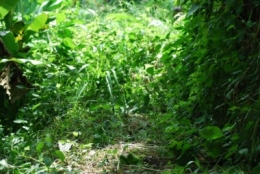

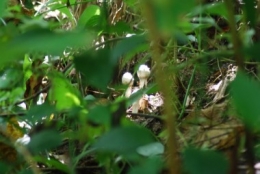
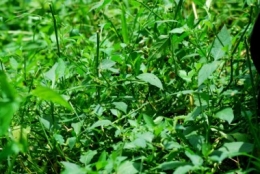
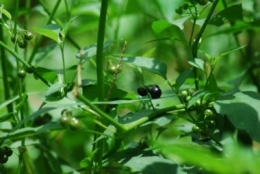
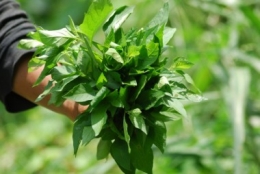
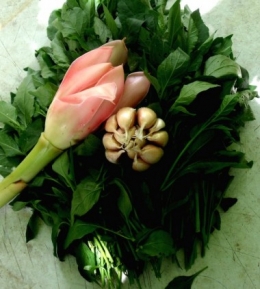
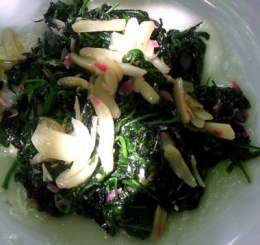
The comments are closed.